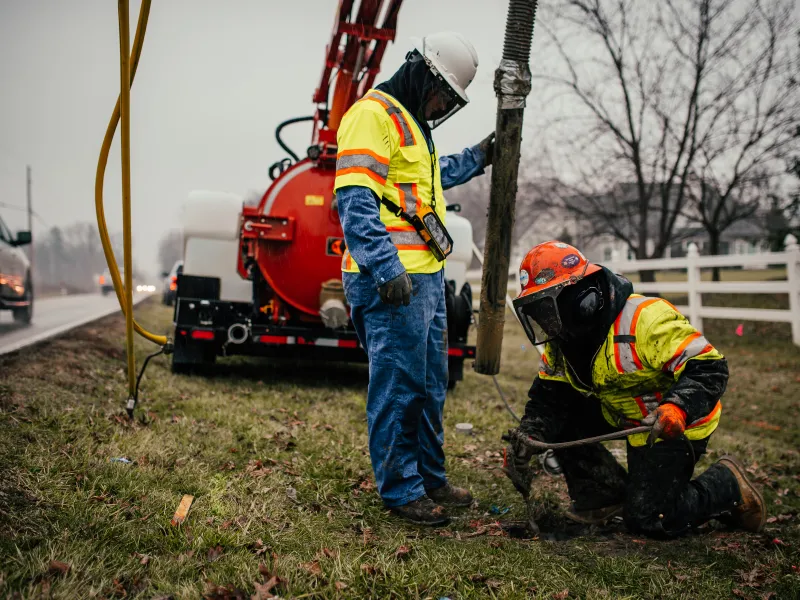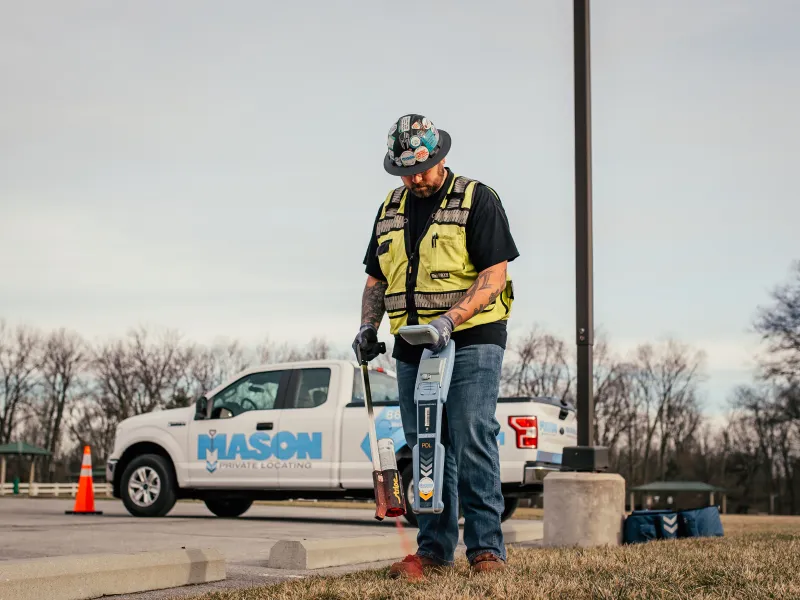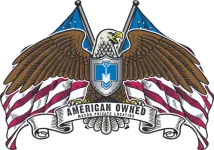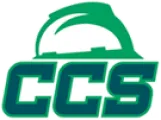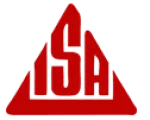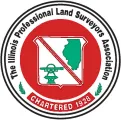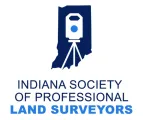Private
Utility
Locating
The
Name
You Trust
65% of all underground utilities are actually privately owned
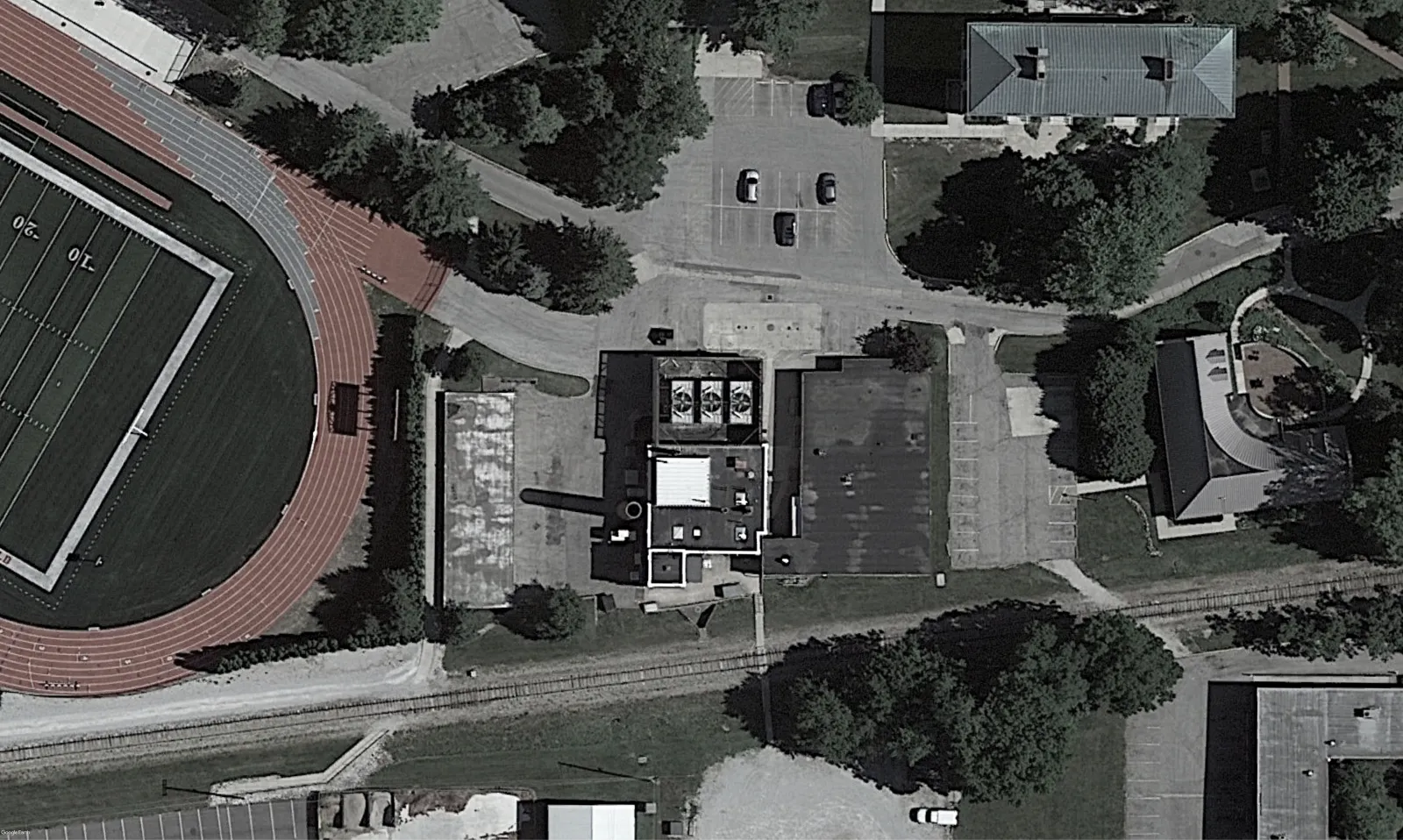
Locating Private
Utilities
Communications
Irrigation Control Wire
Electric
Gas
Sanitary
Steam
Water
Public Communications
Public Electric
Public Gas
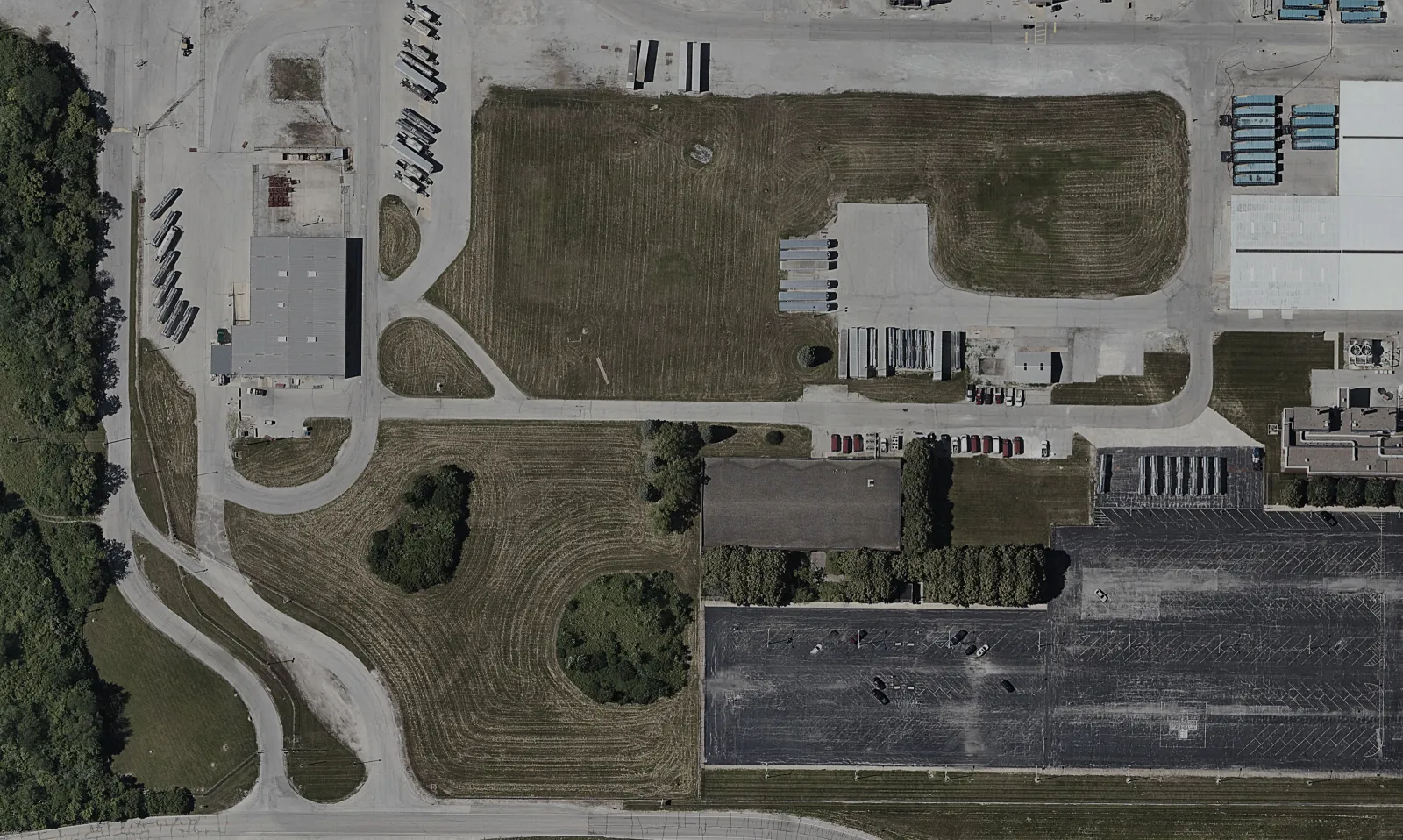
Locating Private
Utilities
Public Water
Public Gas
Public Communications
Public Electric
Private Electric
Private Water
Private Sanitary
Private Storm
Private Gas
Private Communications
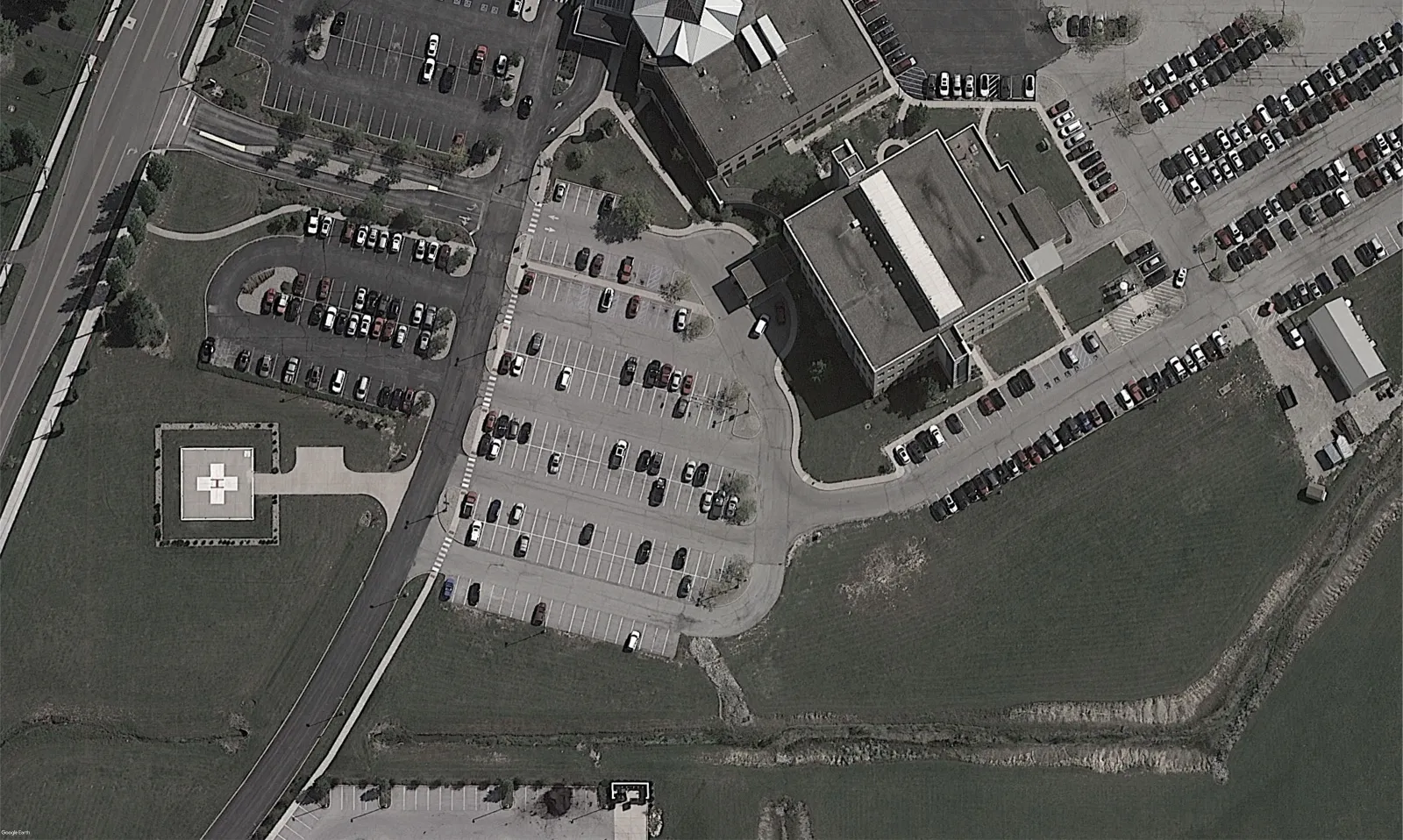
Locating Private
Utilities
Public Sanitary
Public Water
Public Electric
Public Gas
Public Communications
Private Electric
Private Sanitary
Private Storm
Private Steam
Private Oxygen
Private Gas
Private Communications
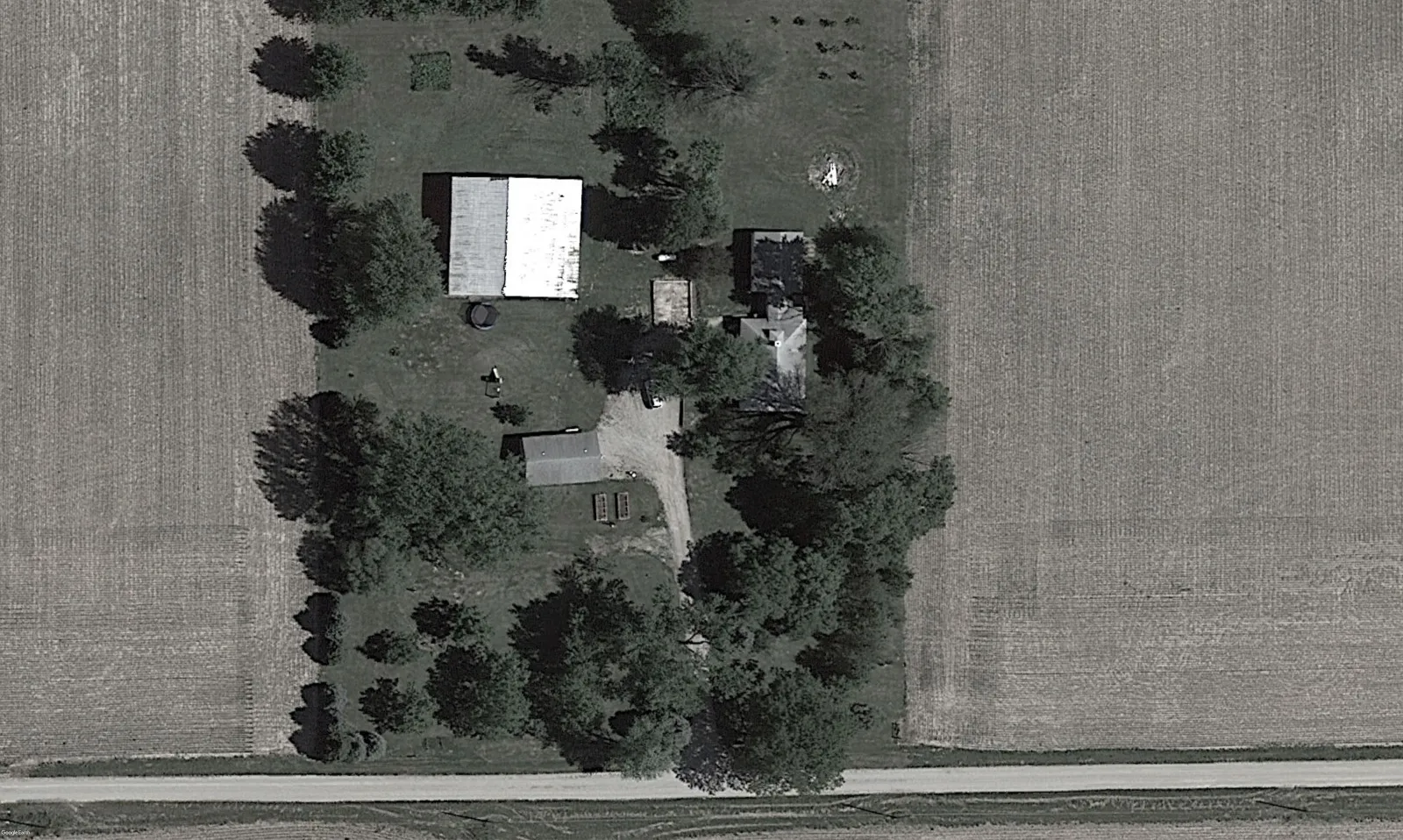
Locating Private
Utilities
Public Storm
Public Electric
Public Communications
Private Propane
Private Electric
Private Water
Private Communications
Private Storm Drainage
Private Septic
Mason's 5-Step Process to Locate your utilities
Public, Private, & the Unknown
Many underground facilities and structures are not marked by the 811 system. Our technicians conduct a 5-step process to ensure they completely mark all the public, private, and unknown utilities at your job site accurately.

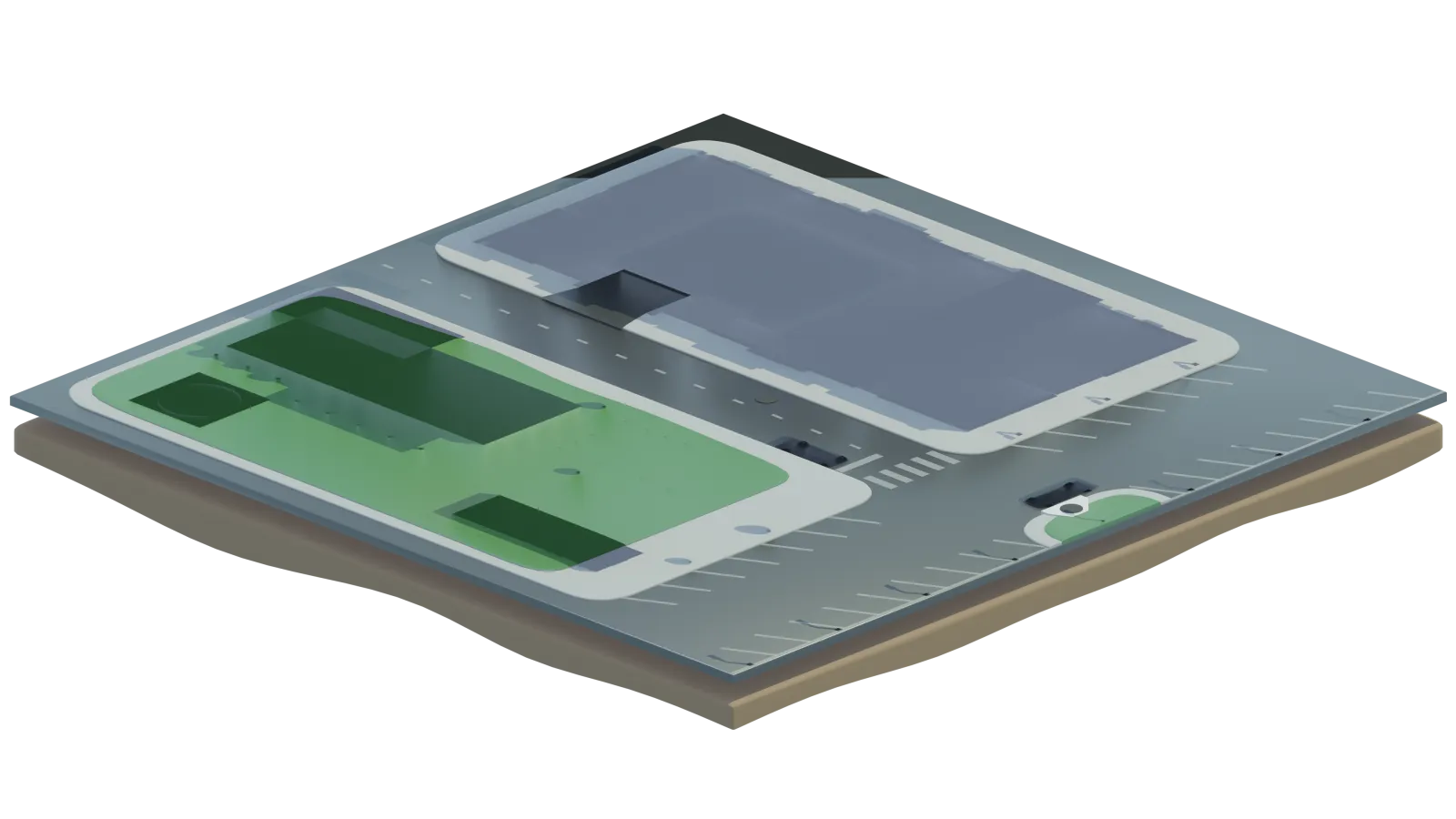
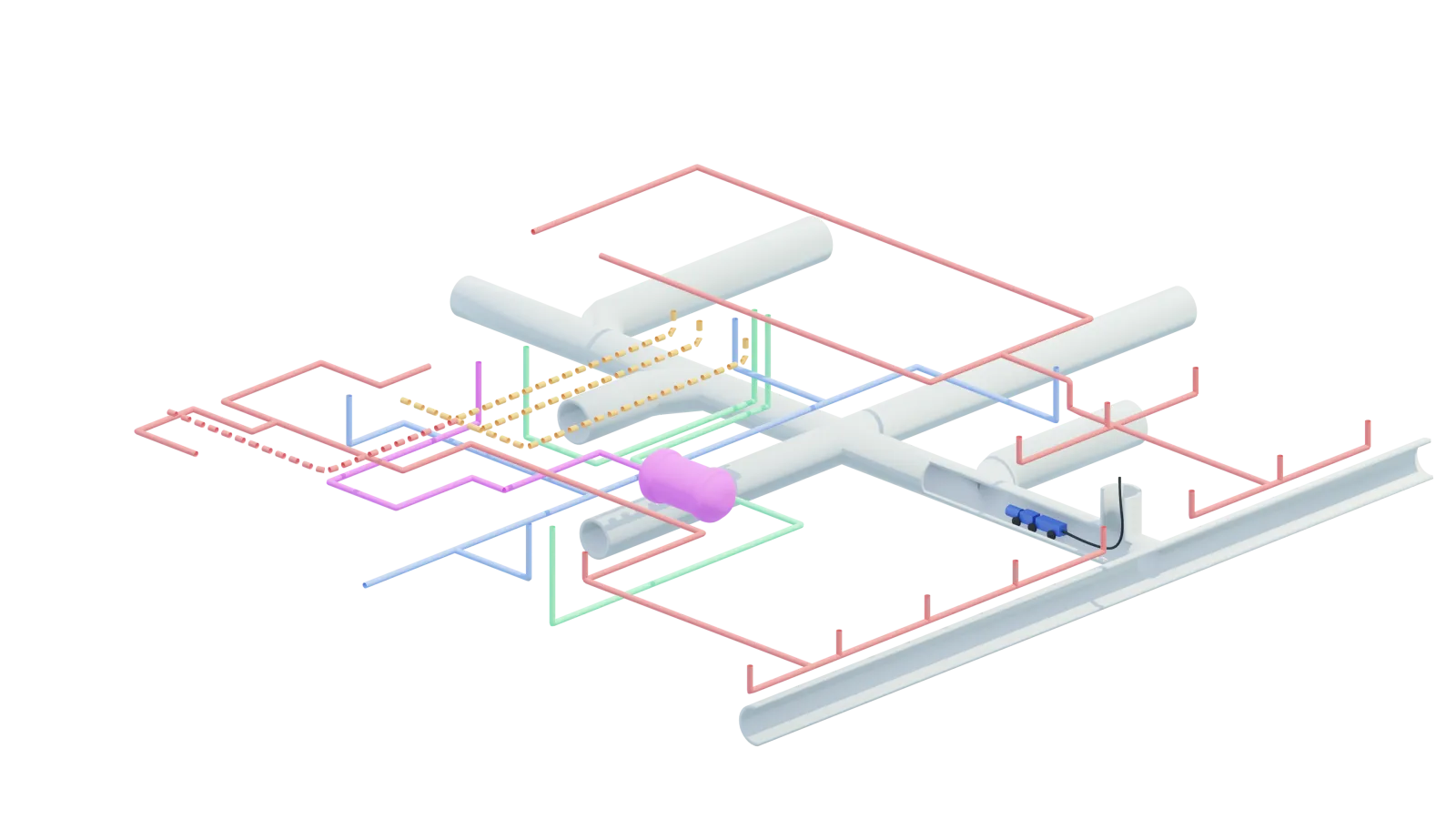
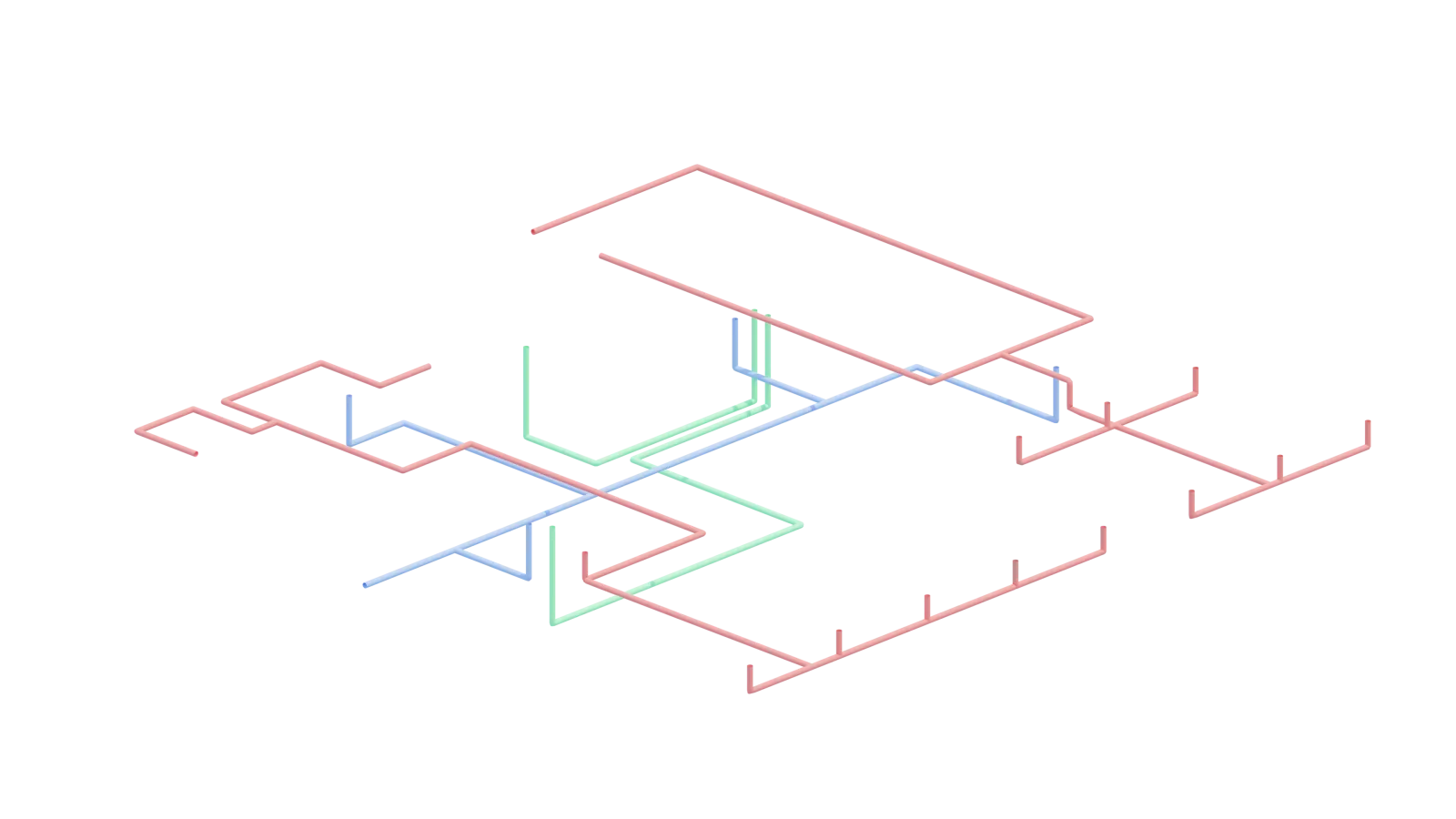


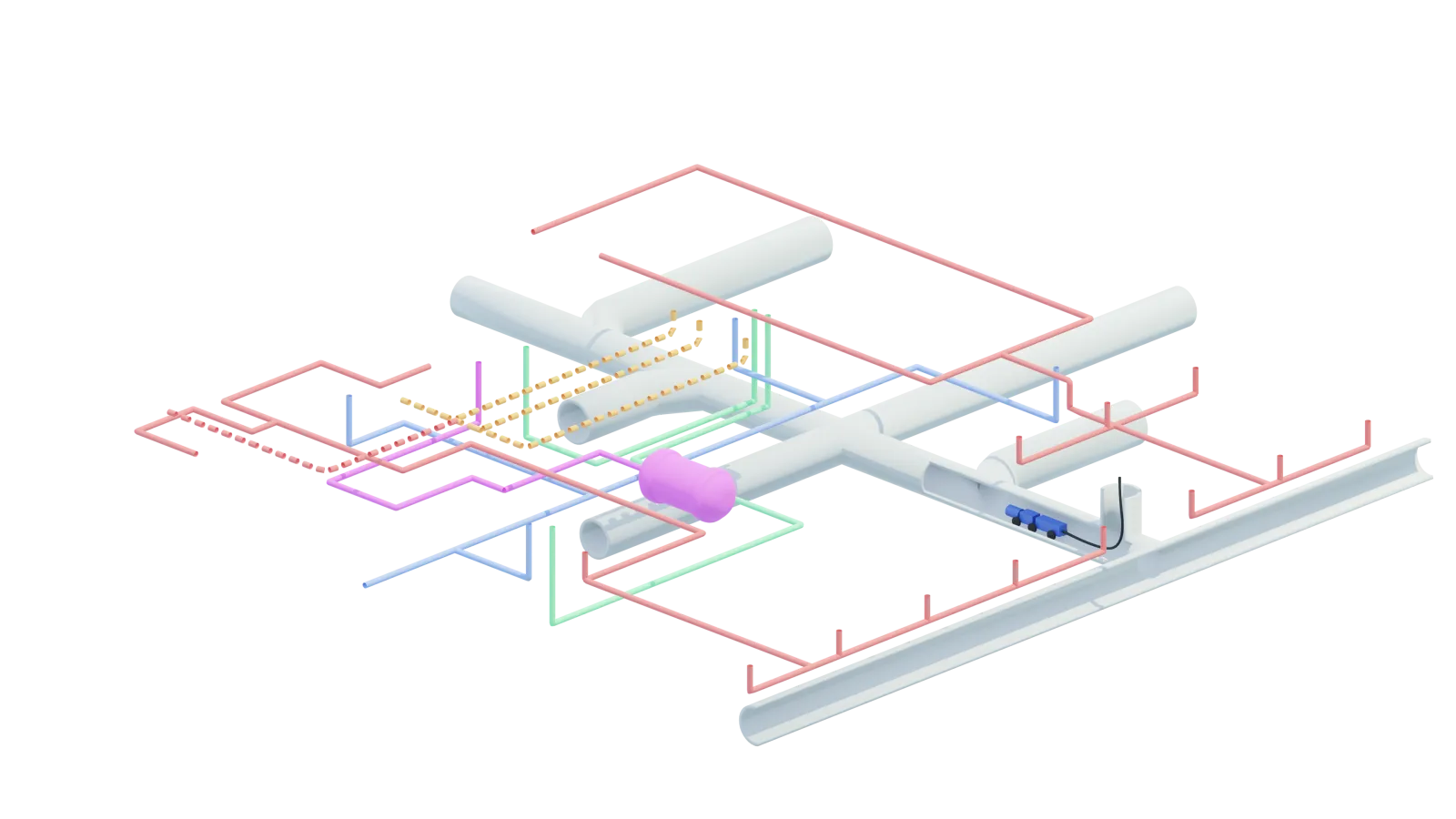
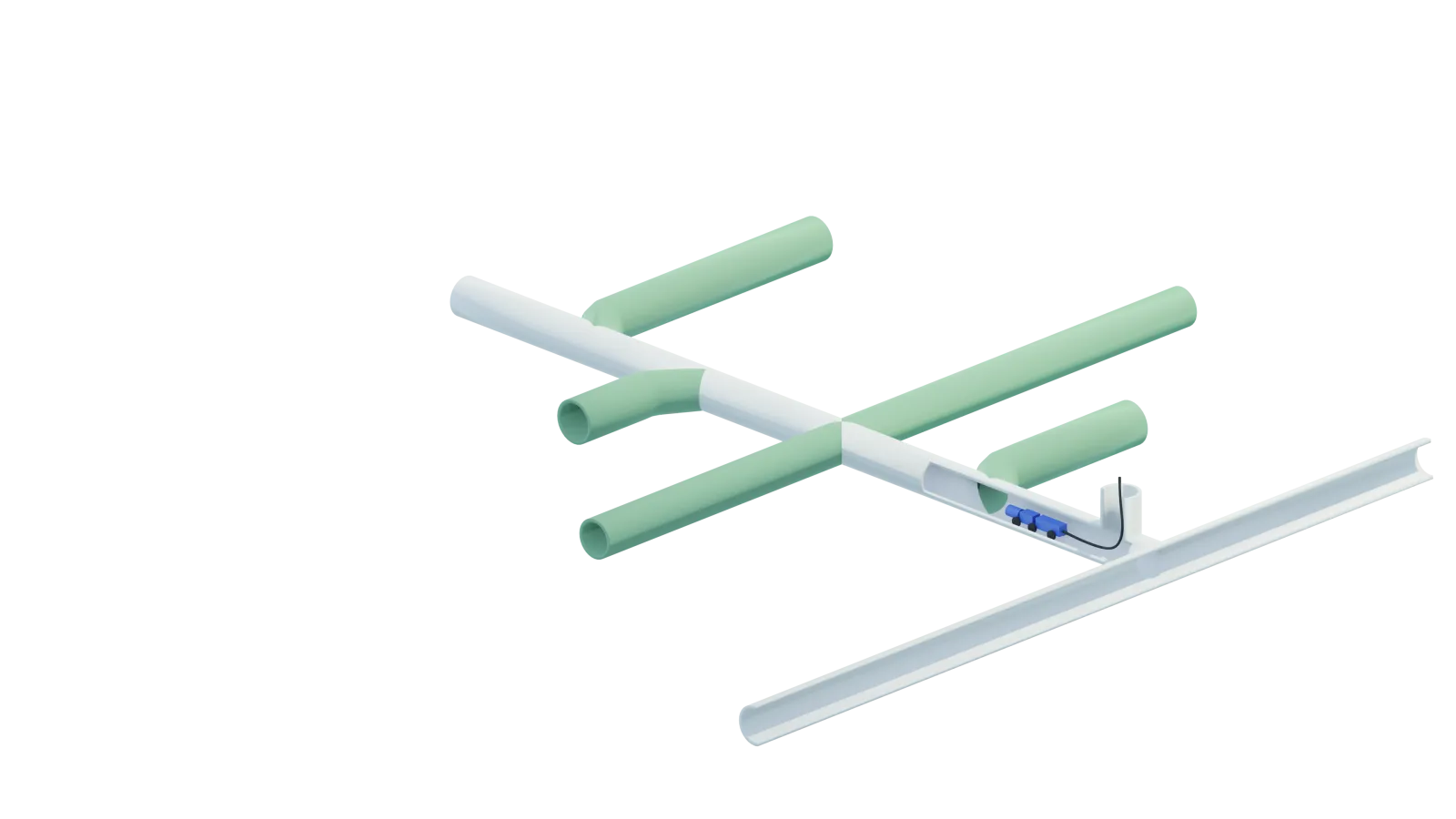
Step 1: Site Walk
Visual Site Scan
An MPL Project Manager takes the time to visually inspect the project site while looking at any maps or prior documentation to identify the known utilities.
Step 2: Find & Verify
the Known Utilities
EM Receiver / Transmitter
We locate the known private utilities with surface level indicators (valves, meters, etc.) such as electric, gas and water lines that continue beyond the meter. During this step, we can verify known public utilities.
- Communication Lines
- Electric Lines
- Abandoned Utilities
Step 3: Find & Identify
Unknown Utilities
EM Passive & Induction Scans
Next we locate any unknown utilities that do not have surface indicators, such as communication lines (including fiber) running between multiple buildings. In many cases, abandoned utilities are also found during this step.
- Underground Storage Tanks (UST)
- Non-Metallic Utilities
- Unknown Utilities
STEP 4: Find Anomalies Underground
Ground Penetrating Radar (GPR)
In this important step, MPL utilizes GPR on every job to find any additional unknown objects in the area such as non-metallic pipes, large storage tanks, plastic water mains. GPR is also used to verify our own marks during the EM process (Step 2) of our locate.
- Plastic Pipes
- Storage Tanks
- Fuel Tanks
- Unmarked Steam Lines
Step 5: A Peace of Mind
A SECURE JOB SITE
MPL's Project Manager documents all findings from each step and creates industry leading deliverables so you have full visibility and understanding of everything that was located on your job site.
- Job Notes
- Site Sketches
- Site Pictures
- GPR Trail Images
- Delivered in one clickable Link
LOCATE, INSPECT, SURVEY
& MITIGATE RISK
No Second Guessing
Due to size, depth and access, sewer mains and laterals are rarely located during the 811 process. In addition, many contractors and engineers often need Sewer Inspection and Cross-bore mitigation services to confirm any hidden dangers or liabilities in these lines. Common finds are cross-bores, sewer line cracks, infractions, blockages, etc.
- Locate Sewers & Possible Blockages
- Identify Cross-bores
- Identify Cracks and Future Issues
A History of Innovation
Centuries of experience in locating
We specialize in private utility locating, ground penetrating radar (GPR), sub-surface utility engineering (SUE) services, robotic pipe inspections, and cross-bore mitigation. Our team is comprised of industry veterans with decades of underground utility experience. For private underground utility locating, there's no better place to turn than Mason Private Locating.
The Mason family helped innovate and professionalize the private locating industry by developing training, safety, and operational standards that are second to none in the industry.
Mason Private Locating leverages the latest state-of-the-art equipment and technology in order to confirm that all underground private utilities are properly identified. Call us today if you need utility locator services for your project.


